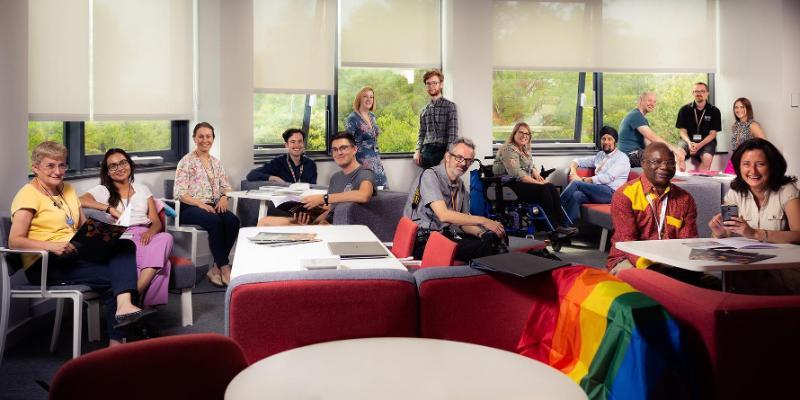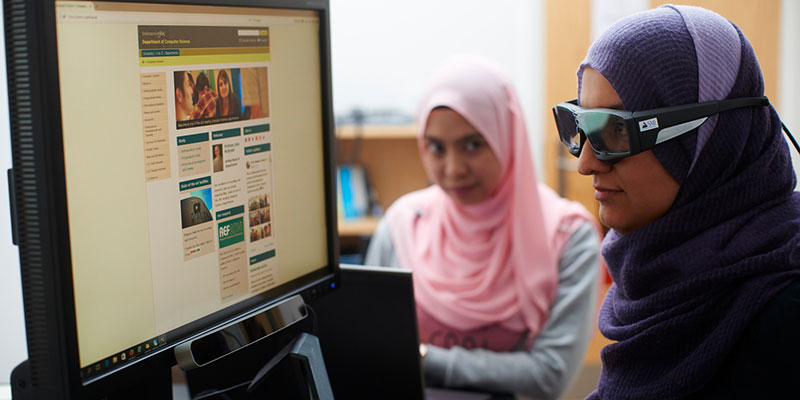
Glossary of equality, diversity and inclusion terminology
We believe that in order to understand who we are as a University community and to gain a better insight into the diverse identities of our staff and students, it is important for us to be aware of the equality, diversity and inclusion (EDI) terminology that is associated with individuals and groups.
With that in mind, we have compiled a glossary of EDI terms, intended as a starting point for people to further their knowledge and understanding of this area. Any external references included are correct and live at the time of the glossary's publication (March 2022).
To help navigate the glossary it has been divided into the Equality Act 2010’s nine Protected Characteristics, along with other broad EDI themes.
If you have any feedback or suggestions you would like to make, please get in touch with us at equality
We acknowledge that some terms may not sit ideally under one particular characteristic or theme, and indeed may relate to more than one area. Where appropriate we have provided guidance about the proper or preferred use of certain terminology, references to further online information, as well as identifying the specific definitions and terminology that the University predominantly uses.
It is important to note however that EDI terminology, as it relates to individuals and how people use it to describe themselves, is often applied in a highly personalised way. For example, the language that one person identifies with and uses to describe themselves, may differ from the language another person uses. As such, we must remain respectful of individual preferences and not make assumptions about how a person chooses to self-identify. It is also important to be mindful of trends in language and appreciate that, as our understanding and awareness of certain issues associated with ED&I change over time, so too must the language we use.
We hope this glossary will help to increase understanding and foster confidence, as we all play an important role in creating an inclusive community where diversity is recognised, valued and celebrated.
In creating this glossary we acknowledge that there are likely to be varying views and opinions about the use of certain terminology, along with the accompanying guidance that has been included. Some areas of EDI practice and some language associated with particular marginalised groups remains contested, and so in both writing original definitions and compiling existing ones, the decision was made to adopt language that most closely matches that used by the members of the groups and communities to which particular terminology relates. Of course this is not always possible and there is likely to be some variability in the use of language and the opinions relating to specific terminology. This glossary is by no means complete or comprehensive, it has been predominantly informed by a UK/Western context and therefore there are certain terms and definitions that may not be included. However, it will be used as a ‘living document’ to be altered, updated and added to over time.
The intention behind the creation of this document has remained the same throughout, it is that this document will act as a starting point for individuals to establish a baseline understanding of key EDI issues and feel empowered to undertake further research to expand their knowledge and understanding.
Content warning
Some of the terminology and definitions used in this glossary relate to subject matter that may be upsetting or triggering for some people.
Download the glossary
Glossary of Equality, Diversity and Inclusion Terminology (Google Doc)











